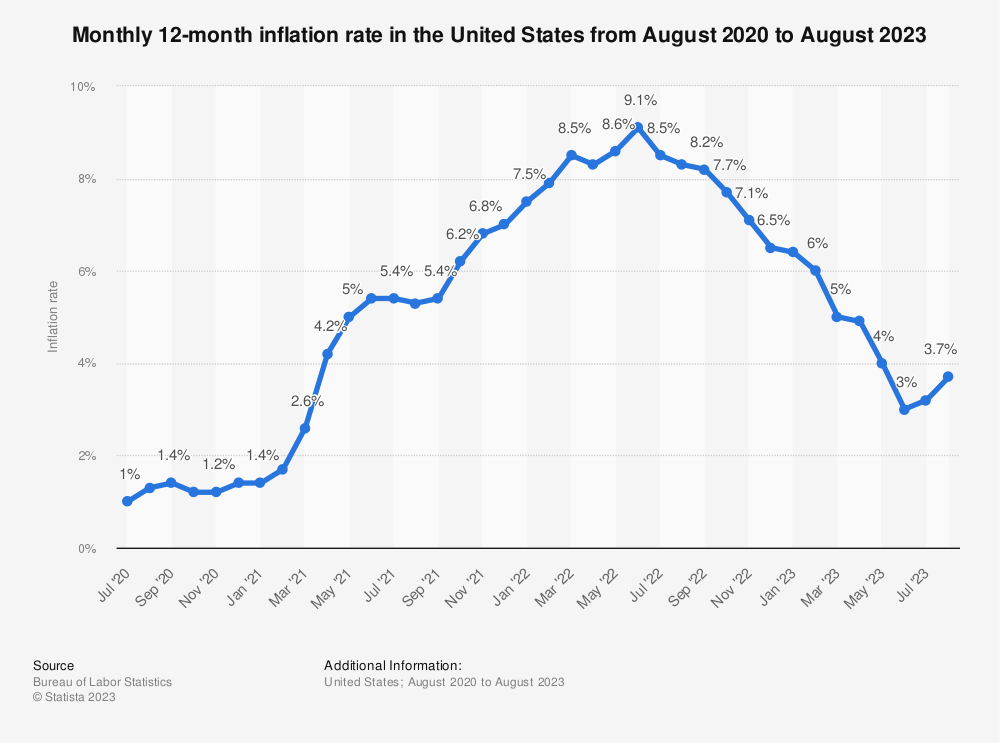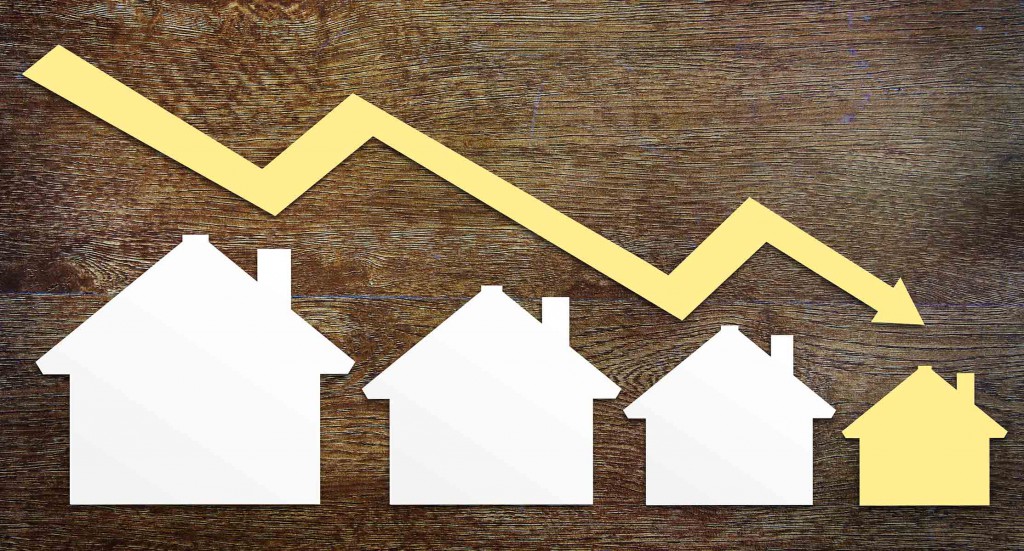In the United States, there is a growing expectation that the pace of inflation will continue to decelerate. Several key factors are contributing to this trend, which has significant implications for the economy and consumers.
1. Supply Chain Disruptions Easing
One of the primary drivers of recent inflation has been supply chain disruptions caused by the pandemic. As these disruptions gradually ease and supply chains stabilize, the upward pressure on prices is expected to diminish.
2. Labor Market Dynamics
The labor market plays a critical role in inflation. As more people return to work and wages rise, consumer demand is expected to stabilize. While this can contribute to it, it may also alleviate some of the supply-demand imbalances that have driven price increases.
3. Federal Reserve Policy
The Federal Reserve plays a pivotal role in managing inflation. The central bank has indicated its commitment to controlling it, and its policies, including potential interest rate hikes, can influence the inflation rate.
4. Base Effects
Inflation calculations can be influenced by base effects, where prices are compared to a previous period. As the economy emerges from the pandemic, some of the sharp price increases seen during the height of the crisis may become less significant in its calculations.
5. Consumer Behavior
Consumer conduct additionally performs a function in its trends. As consumers become more cautious about spending due to concerns about rising prices, this can create downward pressure on demand and subsequently on it.
6. Global Factors
In a globalized economy, international factors can influence domestic inflation. Changes in global commodity prices, exchange rates, and trade dynamics can impact the overall price level in the United States.
Conclusion: A Complex Inflation Landscape
The trajectory of inflation is influenced by a multitude of factors, and predicting its exact path can be challenging. While there is an expectation of a continued slowdown in US inflation, it is essential to monitor these factors closely to assess the evolving economic landscape accurately. Policymakers, businesses, and consumers alike will be watching these developments with great interest, as they shape the economic outlook in the months and years to come.



